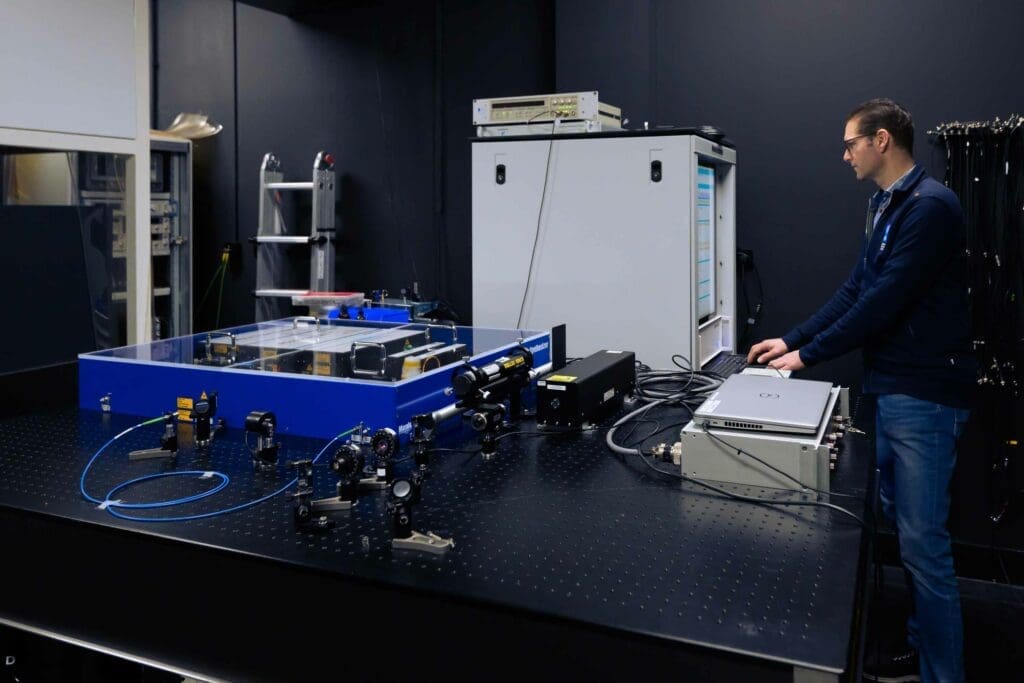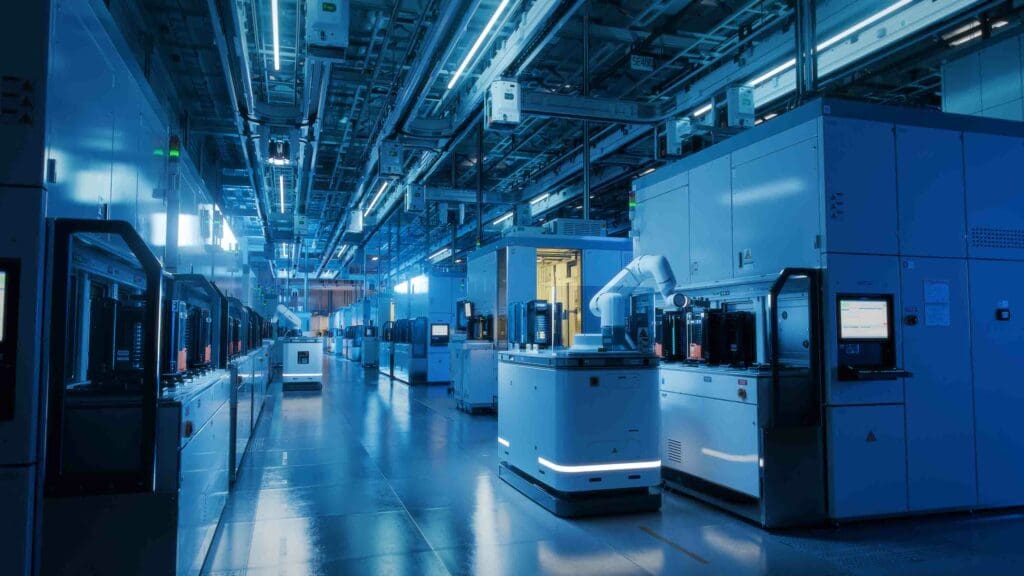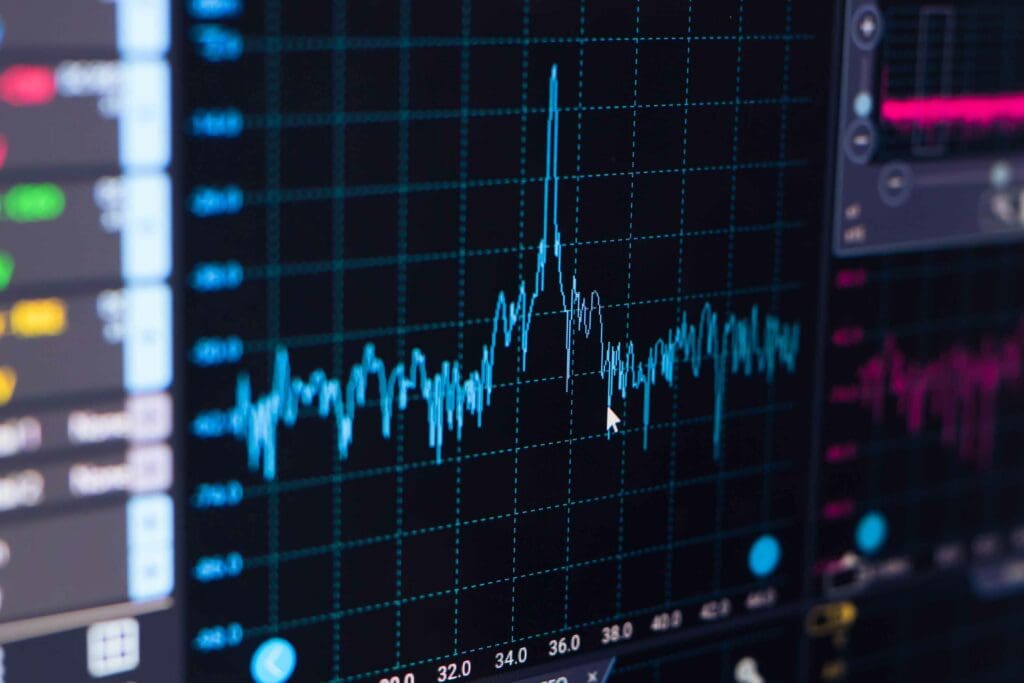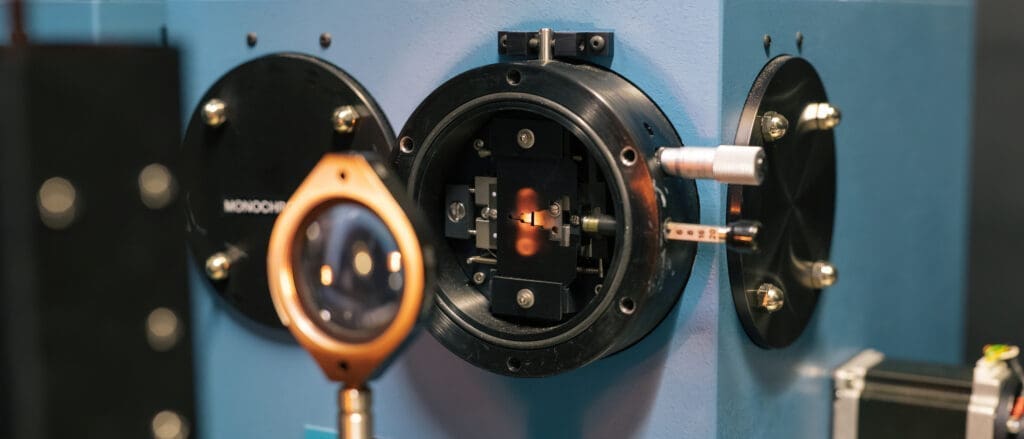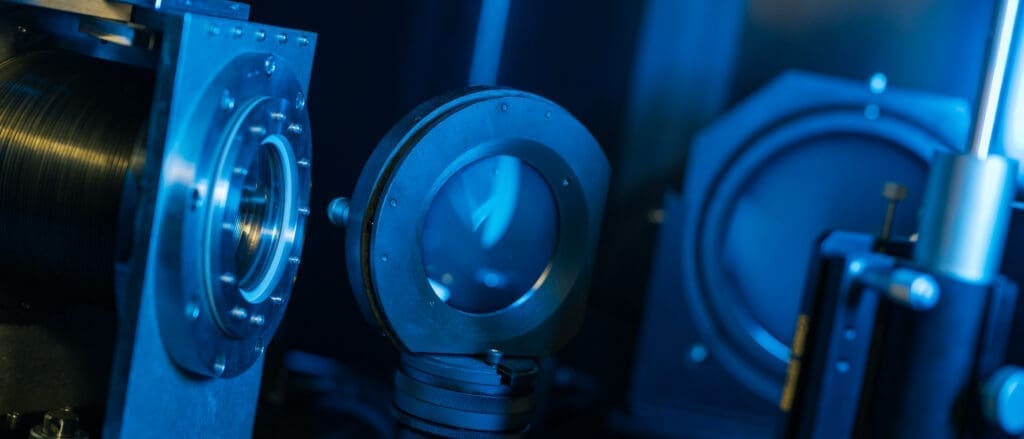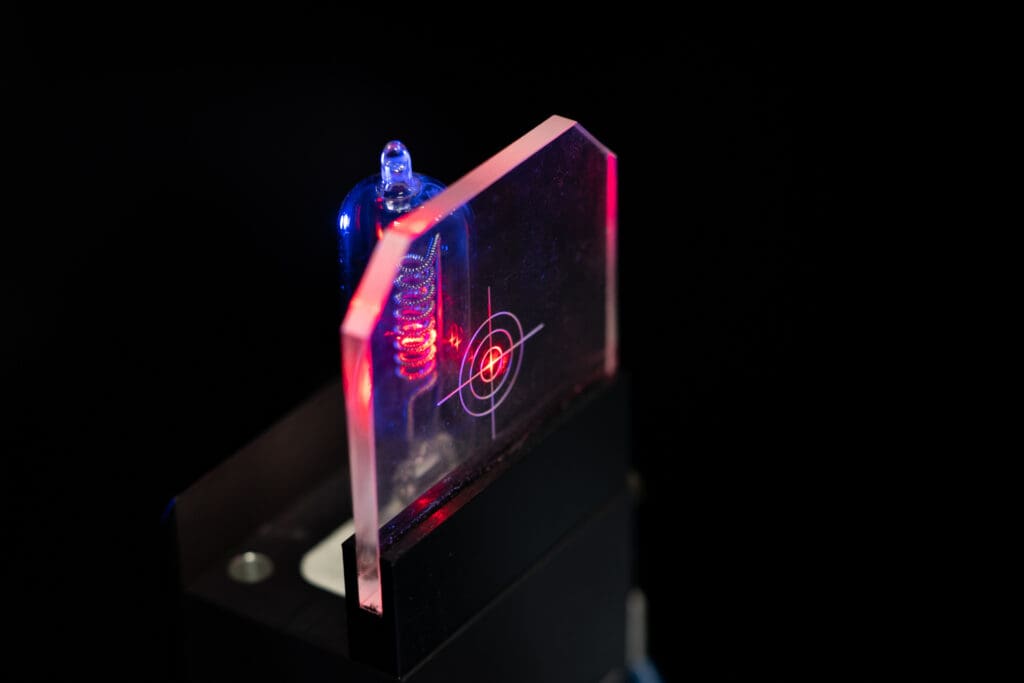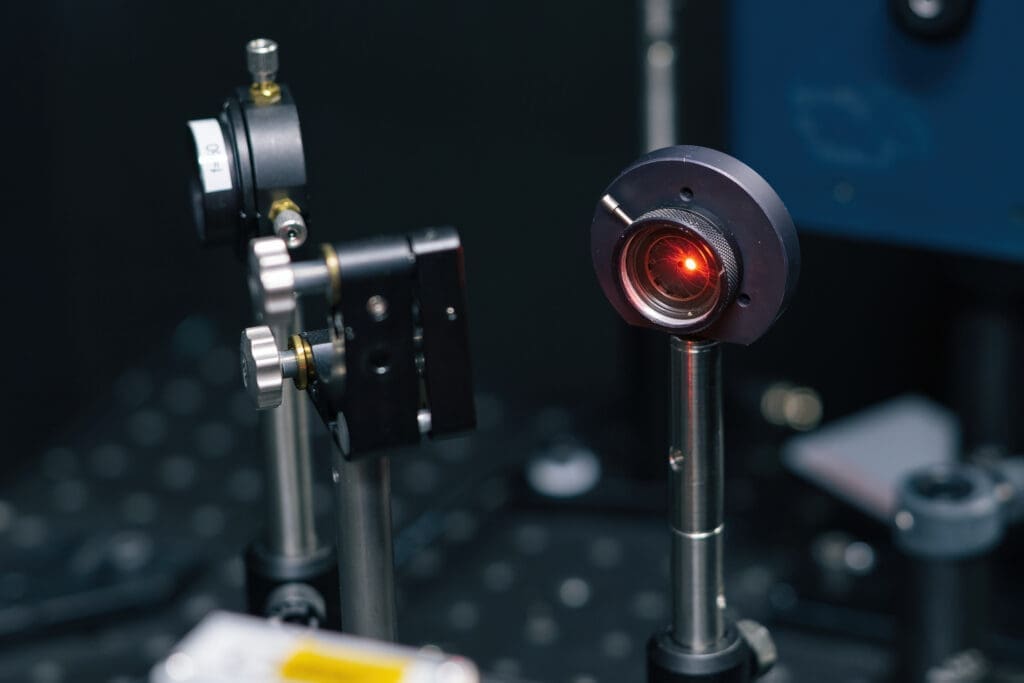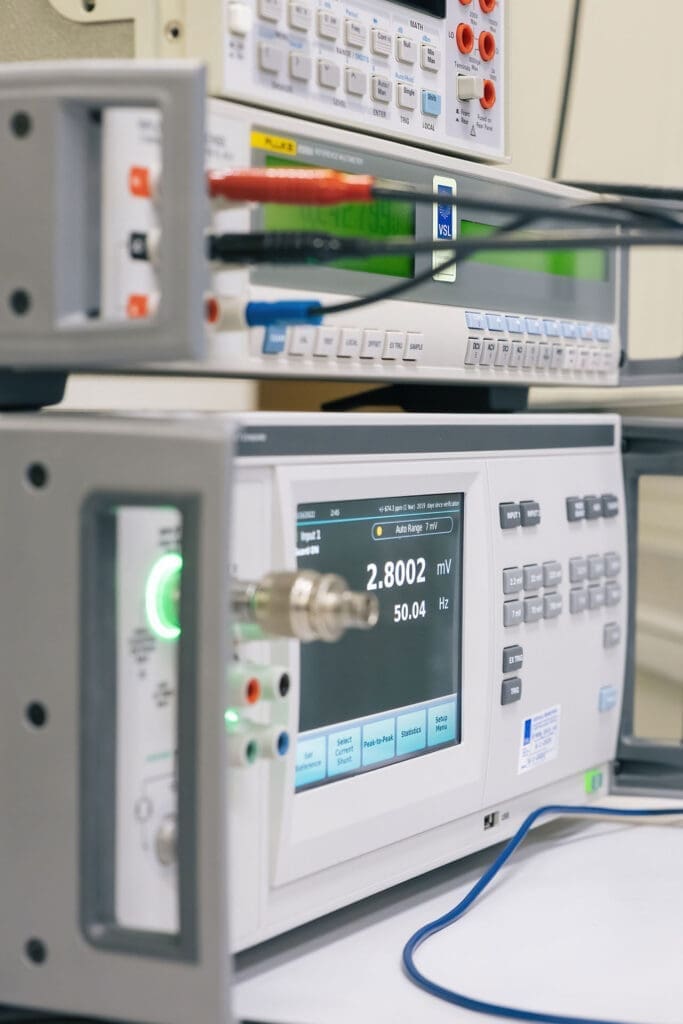RMG Research on optical microscopes (Research Mobility Grant 20FUN02-RMG1)
Projects
RMG Research on optical microscopes (Research Mobility Grant 20FUN02-RMG1)
This Research mobility grant together with EMPIR project 20FUN02 POLight aims to enhance multiple optical measurement methods for use in nano-metrology. This includes the development of microscopy and imaging principles, and optical measurement techniques such as coherent Fourier scatterometry, ptychography, Mueller Matrix ellipsometry and microscopy, which are being enhanced by developing additional spatial resolution and accuracy improving schemes. The RMG researcher will perform the research on microscope objective properties, by analysing one of the key optical components, microscope objectives, used in all optical measurement methods which are addressed and being improved in the EMPIR project 20FUN02 POLight. The goal of this RMG is to compare different microscope objectives used in DFM (Danish National Metrology Institute) and VSL (Dutch National Metrology institute) to apply the most suitable option for specific far-field illumination far-field detection optical methods, including diffraction-based non-imaging techniques such as coherent Fourier scatterometry, incoherent scatterometry and microscopy. This research was performed in close collaboration between VSL and National metrology institute of Denmark (DFM) after Lauryna Siaudinyte (VSL) together with Poul-Erik Hansen were awarded with this grant to perform experimental research at DFM.
Our role
VSL performed experimental research on the microscope objective properties during the research stay at Danish National metrology institute (DFM). For this research multiple microscope objectives used at DMF and VSL were investigated and compared. In close collaboration with DFM, new microscope objective calibration techniques we developed.
Start date: Februari 1, 2023
End date: April 1, 2023
Read more about this project here.
“The project has received funding from the European Partnership on Metrology, co-financed by European Union Horizon Europe Research and Innovation Programme and from the Participating States.”

Would you like to know more about our services?
Our experts are happy to help.
Lauryna Siaudinyte
Principal Scientist Electricity
Projects
Our expertise in practice
Read more about our projects.







